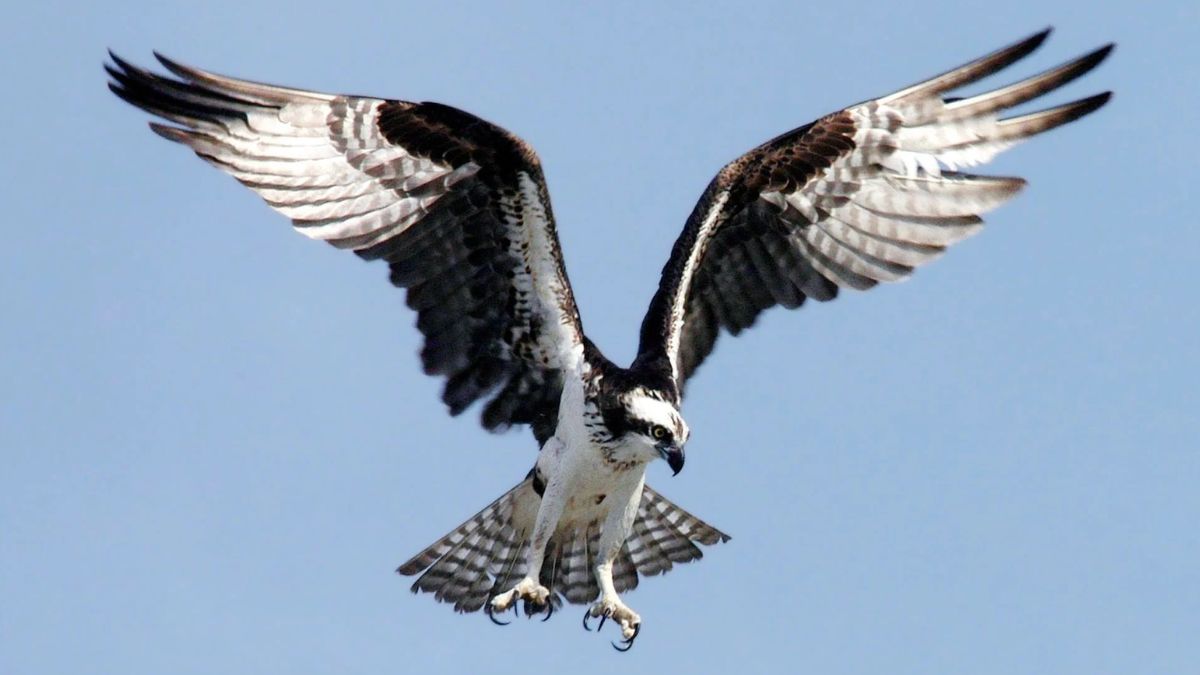Eagles, with their majestic wingspans and piercing gaze, have captivated humanity for millennia. They symbolize power, freedom, and wisdom, gracing flags, crests, and stories throughout history. But beyond their symbolic presence, these magnificent birds boast incredible traits and adaptations that make them true marvels of nature. So, dive in and explore 10 fascinating facts about the eagles that soar above us:
Masters of the Skies
Eagles possess some of the largest wingspans among birds, with golden eagles reaching an impressive 7 feet and bald eagles stretching up to 8 feet. These broad wings allow them to soar effortlessly for long distances, covering hundreds of miles during seasonal migrations.
Eyes Like a Hawk (No, Seriously)
An eagle’s eyesight is truly remarkable. They boast 8 times the visual acuity of humans, allowing them to spot potential prey like rabbits from over 3 miles away! This keen vision, aided by a larger number of light receptors in their eyes, gives them an unmatched advantage in the wild.

Not Bald, Just Mature
Despite their name, bald eagles actually have feathers on their heads and tails. It’s just these feathers lack pigment during their immature years, taking on the iconic white color only after reaching 4-5 years of age.
A Grip Like Steel
When an eagle snatches its prey, it’s not just luck. Their talons exert over 400 pounds per square inch of grip, which is 10 times stronger than a human’s! This immense power allows them to capture and carry surprisingly large animals, ensuring a successful hunt.
Family Ties Run Deep
Unlike many birds, eagles mate for life. They remain fiercely loyal partners, working together to build massive nests, incubate eggs, and raise their young until they are ready to become independent. These nests, constructed from branches and debris, can weigh up to a ton and be used year after year, becoming impressive monuments of avian dedication.

Masters of Adaptation
Different eagle species have evolved to thrive in diverse environments. Bald eagles prefer coastlines and waterways, while golden eagles favor mountainous regions. Even their dietary preferences vary, with bald eagles specializing in fish and golden eagles opting for a broader range of prey, including mammals and reptiles.
Masters of the Hunt
These skilled predators utilize various hunting techniques. They may soar high, scanning the terrain, or perch strategically, waiting for prey to emerge. Some even engage in cooperative hunting, working together to outsmart or overwhelm larger prey. Their powerful talons and sharp beaks ensure a swift and precise strike.
A Symbol of Conservation Success
Both bald and golden eagles faced significant population declines in the 20th century due to habitat loss and pesticide use. However, dedicated conservation efforts have led to remarkable recoveries. Bald eagles were removed from the endangered species list in 2007, showcasing the power of collective action to protect these magnificent creatures.

Cultural Significance Around the Globe
Eagles hold deep cultural significance across various societies. They appear in myths and legends, symbolizing leadership, strength, and renewal. From the national bird of the United States (bald eagle) to the cultural icon of Mexico (golden eagle), these birds continue to inspire and captivate people worldwide.
The Call of the Wild
Perhaps the most awe-inspiring aspect of eagles is their majestic presence. Witnessing their powerful flight, sharp cries echoing through the air, or witnessing the care they show their young can be a truly breathtaking experience. These encounters serve as powerful reminders of the beauty and resilience of the atural world and our responsibility to protect it.










